#thisishdk
Photo
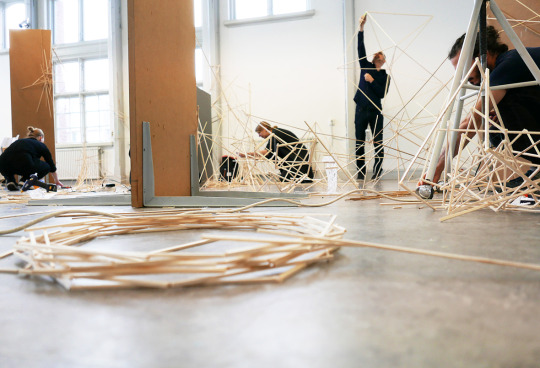
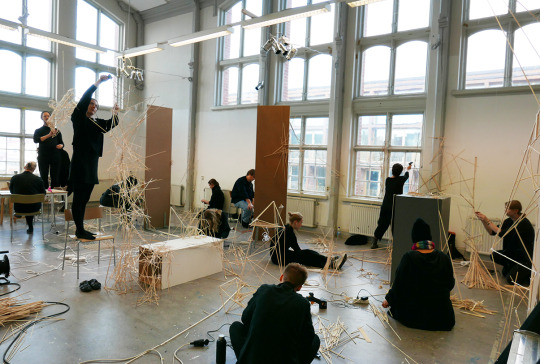


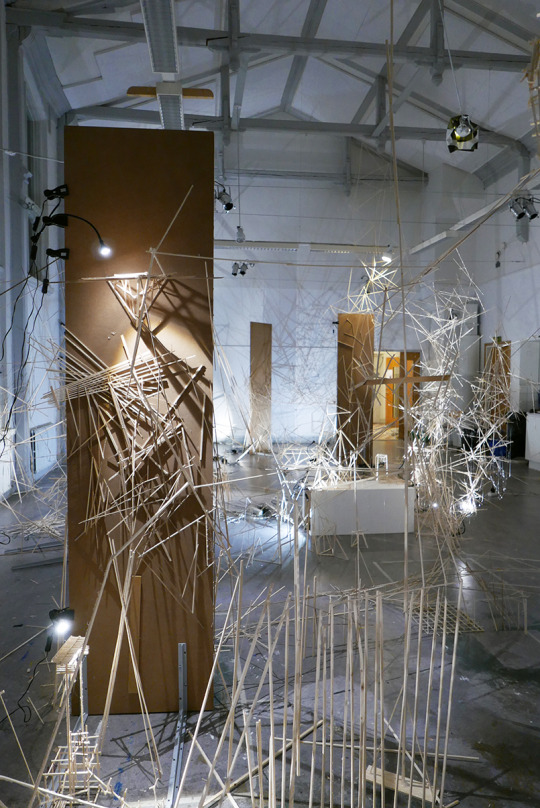
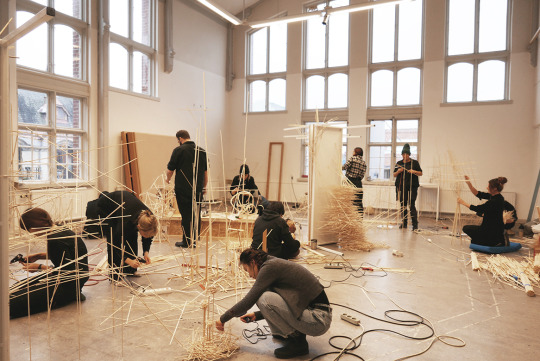
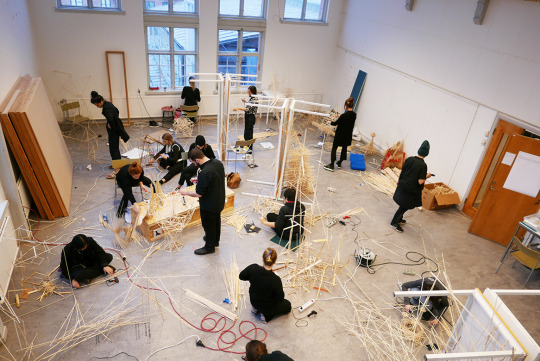
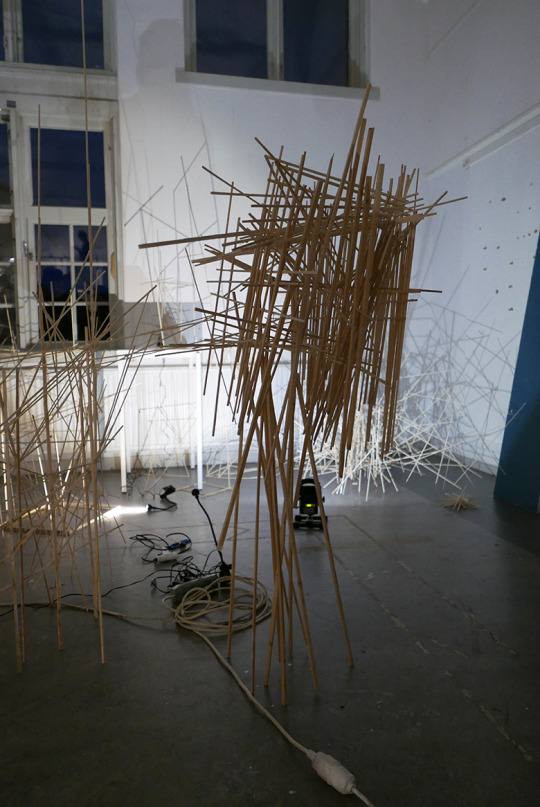
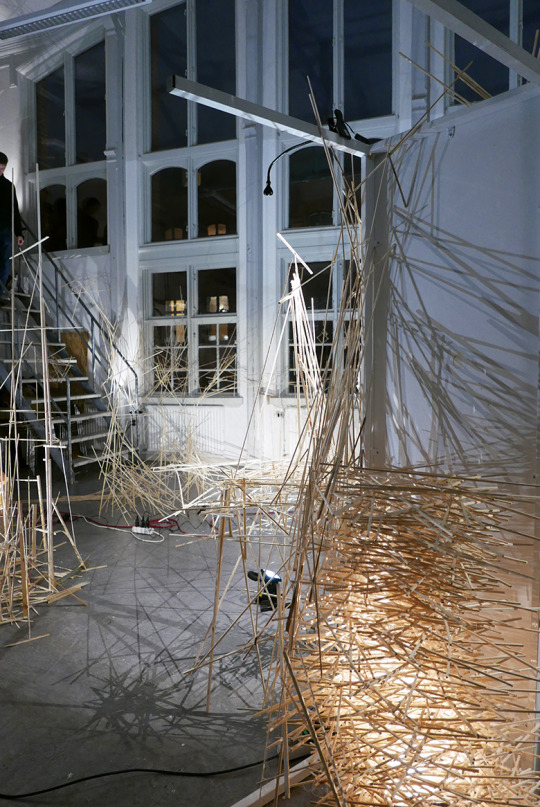

Mycelium - Paying attention to thought (November 2018 + November 2019)
A one-day workshop with students in Design MA 1 at Academy of Design and Crafts, as part of their course Visualizing Complexity.
The students bring glue-guns and we (MASU) provide thin wooden sticks of various sizes. The students are asked to work in silence, materialising their individual thought process.
They all work in the same space for a full day considering both the process of thought, but also its negotiations to the surrounding space and its participants.
We start at 09:00 in the morning and work until 16:00 finishing with adding lighting to the space and at 16:30 when it is dark outside) we have photo session and discussion about the day.
The workshop is part of a course that Mattias is teaching, and it draws it material content from our exhibition at Halmstad Konsthall 2018 where we worked in the space with thin sticks and glue.
Images are from the workshop being run at two different times: November 2018 + November 2019
6 notes
·
View notes
Photo

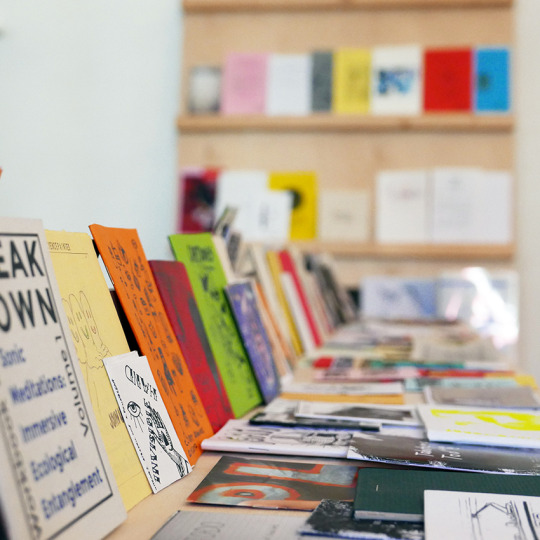
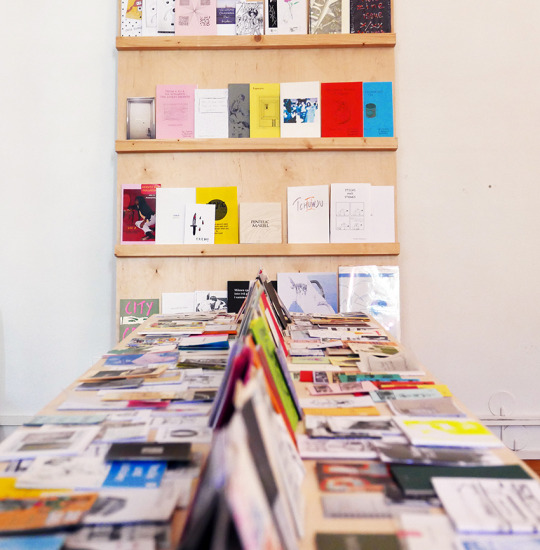

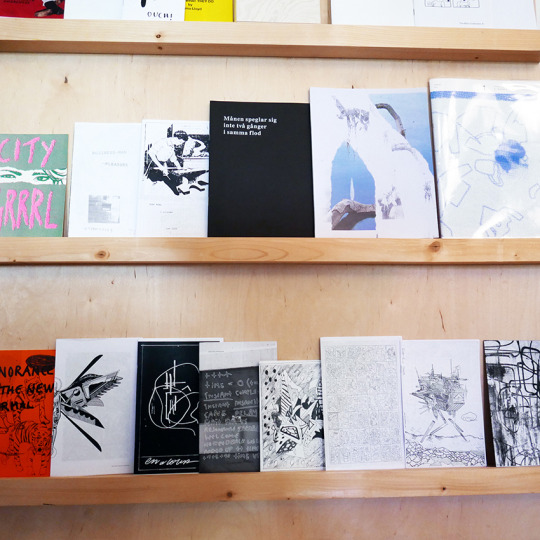

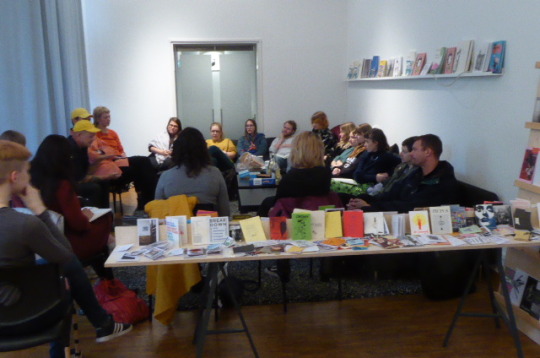

From underground to institution (and back)
mattiasgunnarsson
During the Gothenburg Design Festival 2019 I set up a small zine exhibition at Röhsska Design Museum in Gothenburg as a part of the WeavingLab symposium and its documentation. It contained a stack of mini-zines from my own collection (from trading zines for several years) and the latest donations to HDK Zine Archive. On Friday that week we had a lecture / talk / conversation about the Zine as a format and the possibilities of self-publishing in the context of research, institutional- and artistic practice in the Studio at Röhsska. An informal setting in couches with participants Martin Born @helsinkidesignlibrary and symposium organisers Rosa Tolnov Clausen and Emelie Rönndahl
Donations (Instagram) by:
@fmkdvrs
@ns_julia
@axismundi__
@charlesdegollado
@fragmentscenario
@llamalloyd
@danielbristowbailey
@indeliblecrash
@babibrasiliero
@meb_
@nervesbadmag
@htmlflowers
@prof_james
@laurentsanti
@onefamoushole
MASU
David Eng
Klara Ström
@miss_lager
@johanandren
+ others
…and mini-zines (Instagram) from:
@beaststudio
@cadjoo
@_vanessahartmann
@pluszerospace
@aleditions
@pearcephoto
@andres.gatti001
@iesorno
@faaaaaaaaaaaith
@ateliermcclane
@gsvillarta
@marginalmanworks
@cccccurtis
@craiganthonyatkinson
@badweatherpress
@8bitpixeldomina
@vol3311
@roofpuke
@jeffdietz_photo
@z.i.n.e.z.i.n.e
@daniellejoygraves
@ashleyronning
@fuzzy_poet
@sheinicorn
@bex_purple
@dounumber
@artistpublisher
@meganestellearts
@staceyleebru
@katherine.montalto
@sabrina.sparkesss
@theweeklyzine
@16pages
…and others.
#zine#zines#zine donations#zine library#HDK zine archive#thisishdk#publishing as artistic practice#röhsska#zine trades
5 notes
·
View notes
Photo


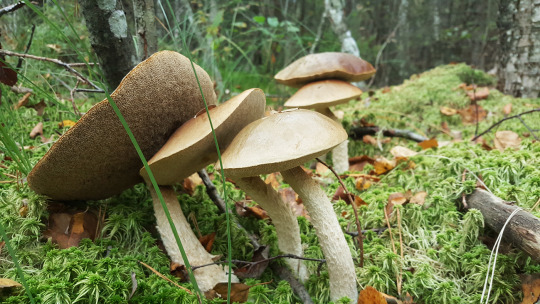
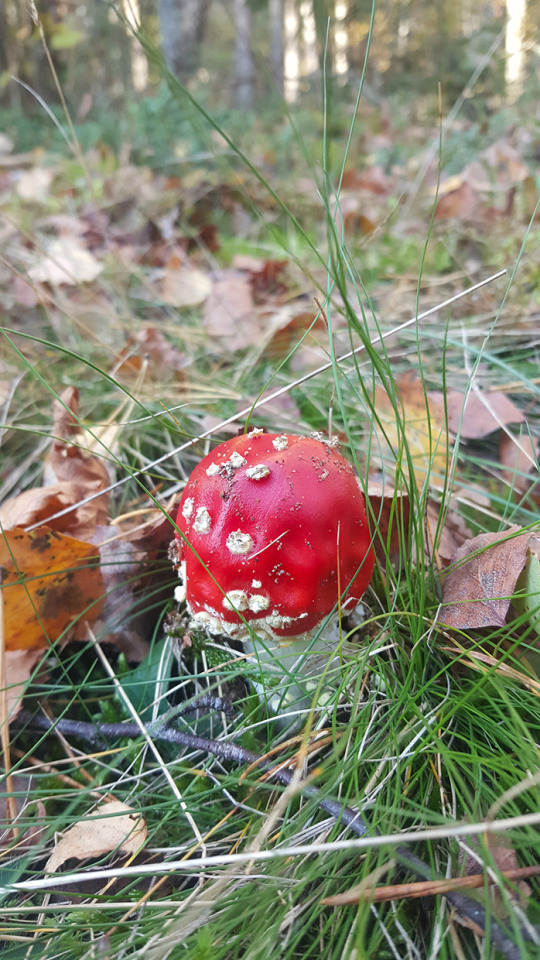
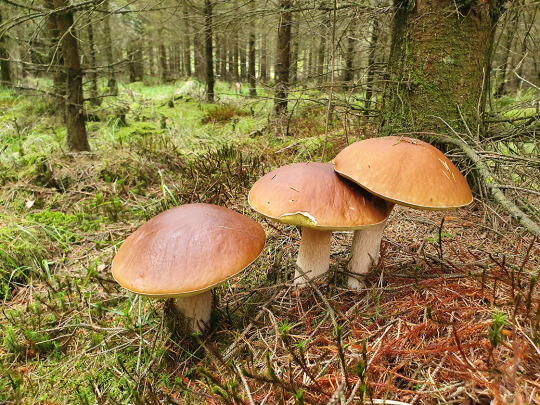


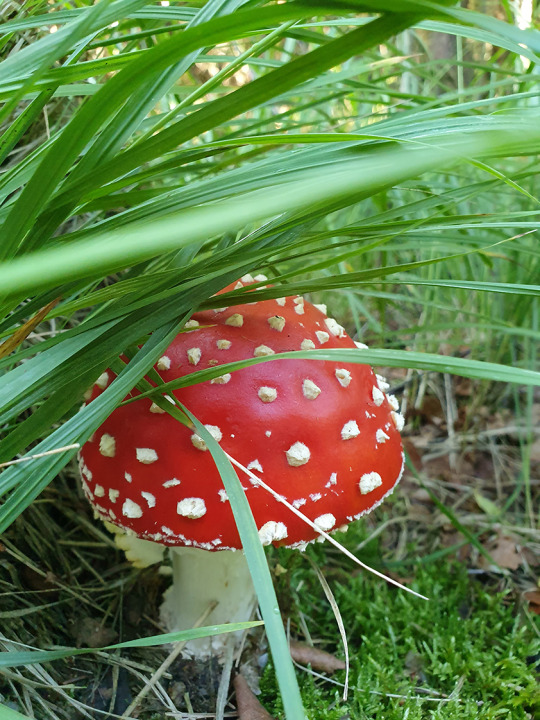
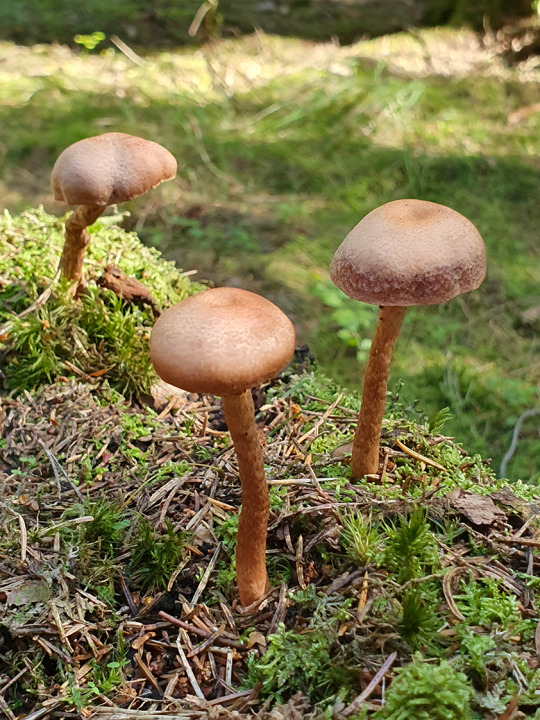
Mushroom hunting is in our blood
Text and images: Viktorija Bernataviciute
I think only a few Lithuanians from my generation could say that they have never been mushroom picking - it is a big part of our culture and traditions. There is even a poem for kids written by a famous Lithuanian poet, which tells a story about mushrooms, who spurred by the wife of their king ( a cep, of course), are preparing to go to war against other woodland creatures, only at the end to be plucked by eager mushroom pickers. Most of us could recite parts of this poem by heart!
A lot of Lithuanians have very fond memories of spending sunny autumn days in the forests, hunting for mushrooms with their parents or grandparents. And I wanted to share some of those memories.
I always used to go mushroom picking with my grandparents. The day would start very early, I would need to be up at 4 or 5 o’clock in the morning - you need to get there early, before all the other mushroom hunters! Those mornings in the woods were very magical - quiet and still, dew drops still covering everything around you. And the woodland smells around you were just dizzying!
We would walk around the woods, never straying too far from each other, occasionally giving a loud shout of ‘AAUUUUU’ if someone was out of sight. We would all carry wicker baskets, hand made by my grandad, to put our mushrooms in. Later on in the morning my grandmother would unpack a picnic and we would all sit on a blanket on the soft mossy woodland floor, eating sandwiches and drinking tea.
By the late afternoon the car would be full of baskets of mushrooms and we would go back to my grandparents’ summer house. And then the hard work would start! We would clean all the mushrooms, then cook, dry, freeze and pickle them, working outside in the garden until late evening. Oh, and the success of your mushroom hunt would be measured by how many cep mushrooms you found that day!
Up to this day I still enjoy mushroom hunting every autumn, and can’t resist taking a lot of pictures of these beautiful and tasty funghi.
3 notes
·
View notes
Photo
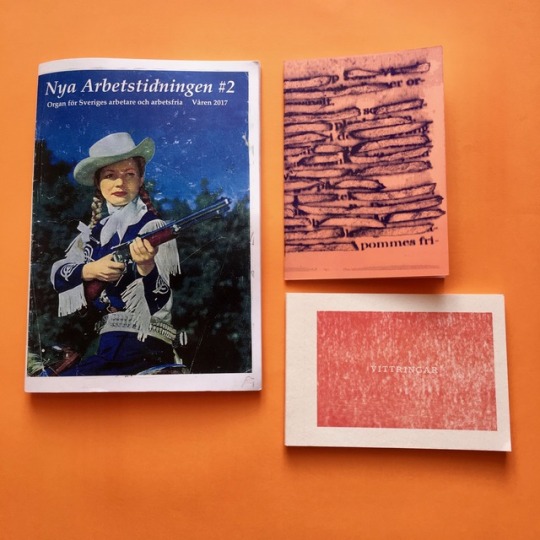
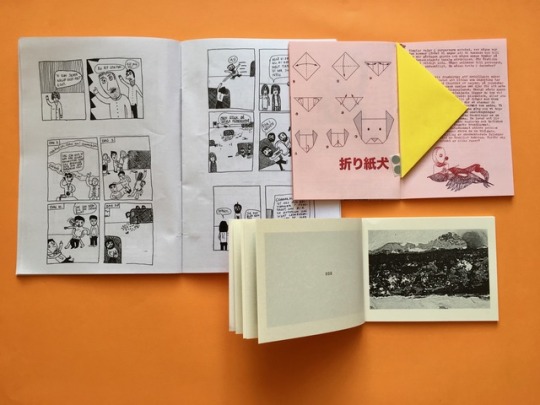
A sweet zine trade with colleagues and students at HDK.
Thanx a million!
www.hdk.gu.se
www.mattiasg.se
1 note
·
View note
Photo

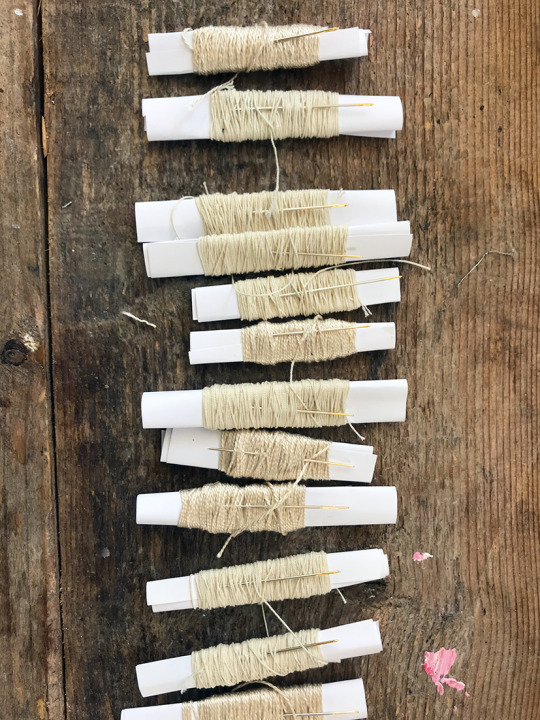
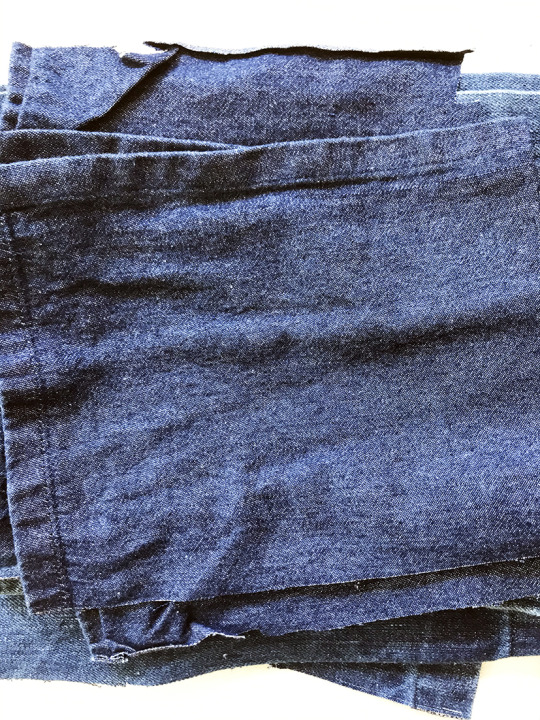
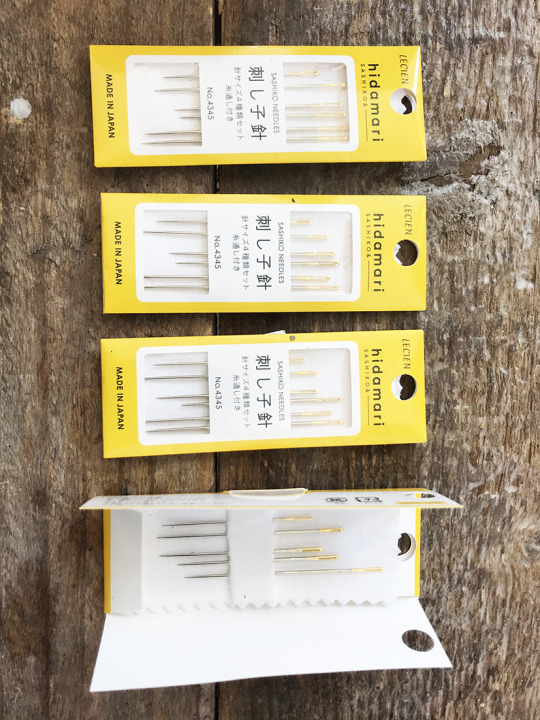


Sashiko
7 notes
·
View notes
Photo


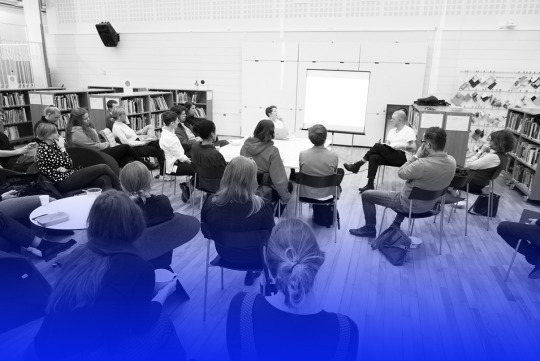
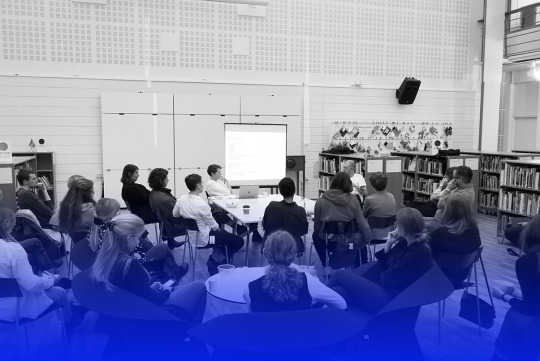
Naima Callenberg presented her on-going city-planning exhibition project with Röhsska Museet, which will open in the fall of 2020. Unfortunately for OhiO, she could not get into details on content and participating architects but she shared her process of curating and the process of her exhibition design. Her project was circling around her the notion of “discursive architecture” and she was mulling over the question: “how does one communicate a speculative project?”.
After the project was presented a discussion around the question Naima posed became alive as the group delved into communication platforms from the on-the-site exhibition as well as websites or beyond. Another notable discussion was around the role of the architect as being both a draftsperson, a visionary, and a discursive architect.
Follow Naima on Instagram.
1 note
·
View note
Photo
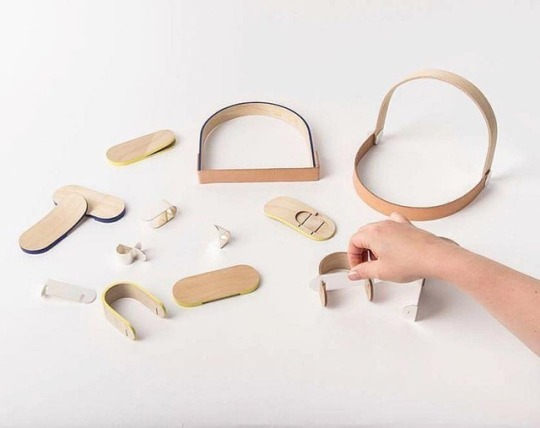
Via. @karinjohansson413 Welcome to apply ! MFA Programme in Crafts / Jewellery Art at HDK Academy of Design & Crafts Gothenburg. find more information here: https://klimt02.net/events/open-calls/mfa-programme-crafts-jewellery-art-hdk-academy-design-crafts image: work by Sara Malm, graduate MA 2016. #hdkjewelleryart #thisishdk #hdksweden @saramalm_jewelry #contemporaryjewellery #contemporaryjewelry #joyeriacontemporanea #joalheriacontemporanea #gioiellocontemporaneo #bijoucontemporain #AJF #ajfishere #klimt02 #TJA #jewelleryactivist #thejewelleryactivist
#hdkjewelleryart#contemporaryjewellery#thisishdk#tja#thejewelleryactivist#contemporaryjewelry#klimt02#bijoucontemporain#ajfishere#joyeriacontemporanea#gioiellocontemporaneo#jewelleryactivist#hdksweden#joalheriacontemporanea#ajf
0 notes
Photo
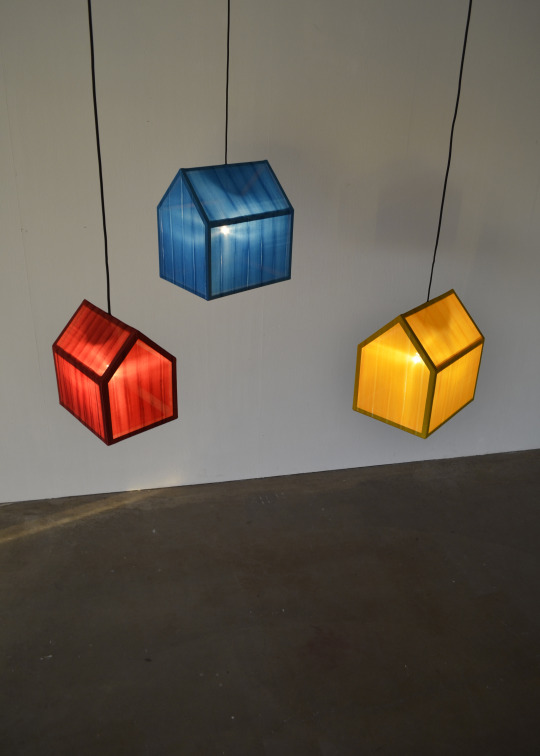
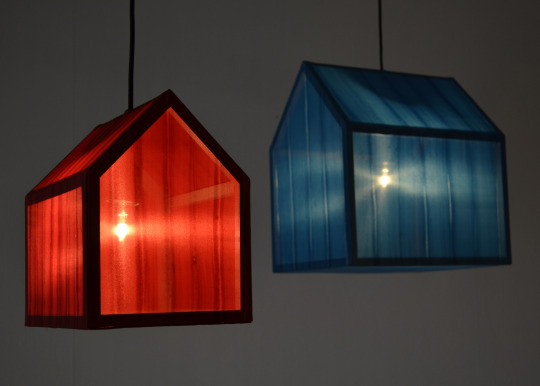
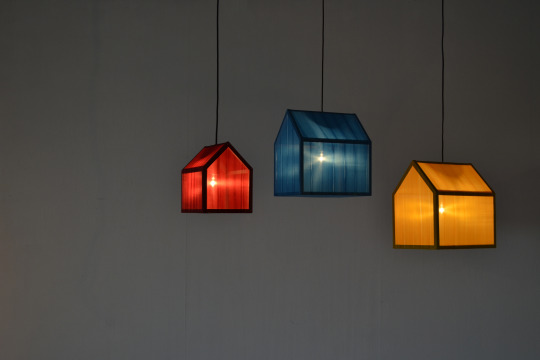
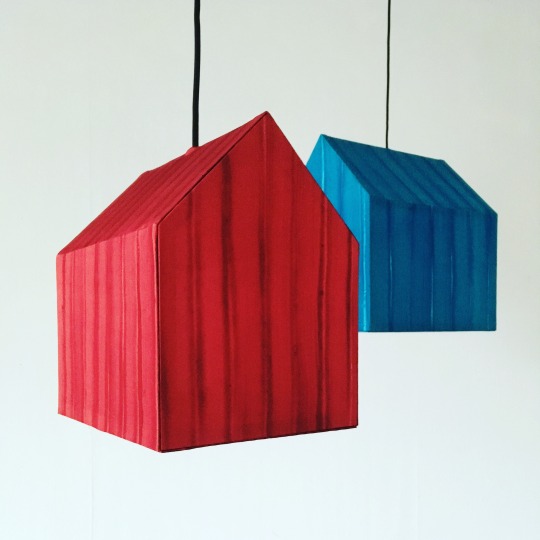
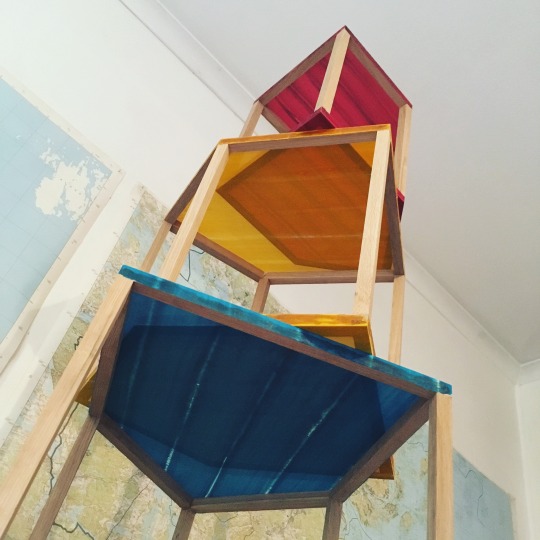
#Works: Summer 2016 “Home"
Light installation. Walls made of hand painted silk fabric, frame made from oak.
© Frida Nordenlöw
#HDK#thisishdk#thisisgu#light installation#textile sculpture#silk#textile art#textile#house#houses#fridanordenlow#light
0 notes
Photo

It is clear for everyone that Design studies requires to make a real product, prints, packaging, cloth, sample product, model or detail model or visualisations or anything else you are creating.
But not every university provides you good workshop or tools or computers equipped in new graphic programs. It is not like I am judging my home university, because I think it is great one. I just need to say that our Design faculty there is treated as something worse and maybe less meaningful. That we can’t really create anything great. But look around you. Design is everywhere. Every tool, furniture, packaging, commercial, costume, magazine, book has a design as a part of its appearance. Even social events and projects are designed. It is not like we were just drawing and painting (although these are useful skills).
But this is not what I intended to say.
I just wanted to say that if your teachers/professors expect you to for example (very simple one) do some photography and do it in good quality, then your school should provide you equipment. They shouldn’t expect you to buy a new SLR camera just because one course demands it to be used.
I am telling about camera, because I used school photostudio to practice my hobby which is photography. I had my own camera, but at HDK you can borrow it too. And the best thing is you can book it even if it is your personal work. So you can be creative as much as you want.
In rooms called digital rooms there are printers, scaners, copy machines, laser cutters, cutting tables, many computers and wacom tablet screens to work on them. They have every program you can imagine. (you just need to know how to work in it). That was kind of tricky, but students here, before college have usually graduated from other pre-school for architecture and design studies, so they have bigger knowledge. But not every course requires to use graphic programs (jewlery or ceramics maybe, I am not really sure).

As you can see it was pretty empty that day. So we were lucky we could use textile printer (HP Latex 360) without booking it earlier.
To be honest I booked INK-JET printer by accident because I didn’t know which printer prints what.
I prepared files earlier at home. I brought my tablet here to Sweden because I didn’t know that you could borrow it etc. But if someone prefers to do some part of work at home it is possible without spending much money and just borrow graphic tablet from school.
Then we transfered them to program for printing.

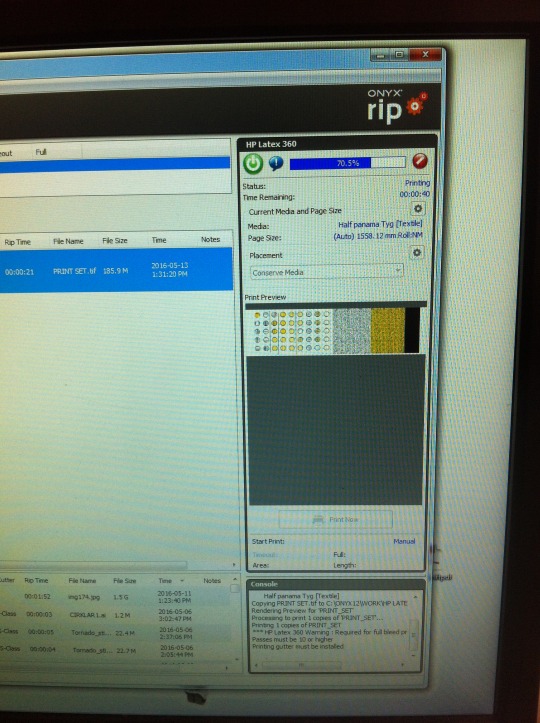
And there are technicians to help you with printer settings and put on textile roll.


If everything goes well, then printing and drying is just fun.


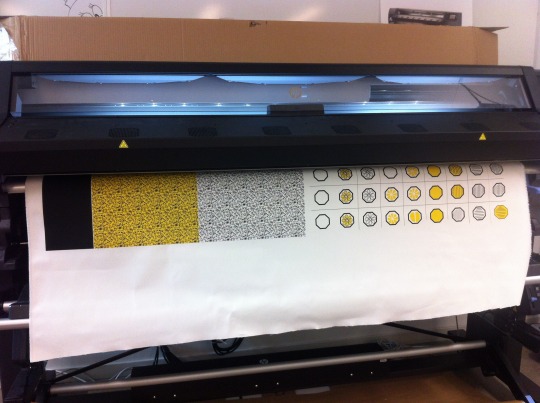

Then cutting
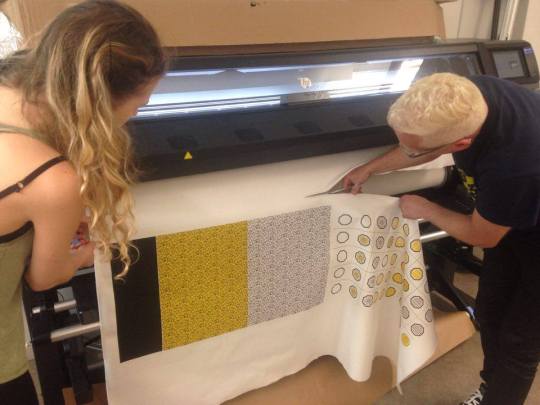

And ready for sewing our detail model (in 1:20 scale) and sample model (in 1:1) Oh and yes prints are also in these two scales, otherwise it wouldn’t make sense :D
We divided work between us to be more efficient.

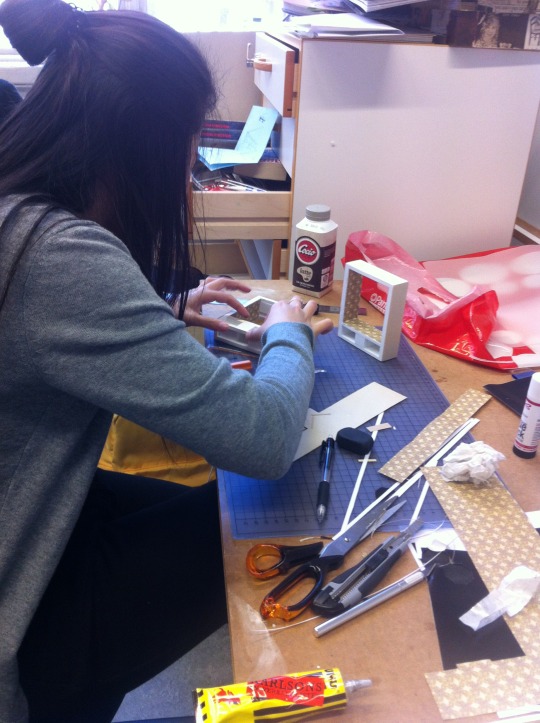
And this is how we spent wonderful Friday 13th. At university. Till 21 xD


#hdk#gothenburg#university#thisishdk#sweden#textile#printer#HP#designer#study#students#life#friday 13
0 notes
Video
vimeo
April 18, 2016 … Hello peeps, so our first week i.e. last week, of the integrated project was little bit of a struggle. But first, how did we come to that point? We had an initial meeting with our client Adicals to agree on the contents for a brief on Tuesday, April 12.
Before the meeting we started our project by studying what strategic briefs are about. For this purpose we watched the video Briefly by Bassett and Partners (https://vimeo.com/107567840) where founders and managers of some of the world’s leading design agencies, such as Frank Gehry, explain what makes a good brief i.e. a strong vision. Additionally, to better orientate ourselves to the task ahead, we shared with each other some of our favorite advertisements of all times, our favorite brands and companies that inspire us and what methods we’d like to learn better during this project. Since our client was asking how to prepare for the meeting on Tuesday we asked them to prepare a list of favorite ads, brands and companies and a clearer message of what they are expecting from us.
Tuesday was a catastrophe. Even if the guys had had good time to prepare themselves, the meeting seemed very improvised, and they asked us to do everything for them, even if they themselves lacked a clear vision. We came to the conclusion that without a clear vision and industry experience from their side, without secure finances from their operations with a postponed event, we couldn’t learn anything from them and would be better off by either working for ourselves or changing to another project. After the meeting, we decided to bring this up as a possible challenge in our tutoring session on Wednesday.
On Wednesday, together with our tutor and teacher we decided to terminate the project and seek for alternatives. Our group handled this very well! During Wednesday and Thursday we brainstormed for alternative companies and interesting projects to engage on. During a first round over ten possible alternatives were presented, these were voted down on three strongest alternatives Digitas, Cellink and ODD company. With the help of SWOT analysis and further discussions within the team we pre-voted for the winning company, and finally voted for Digitas on Friday morning. See the video attached from our pre-voting session. We then created a brief around VR studies and sent this to our contact person at Digitas hoping for a positive answer on Monday for an eventual meeting… BR / Tehilah
0 notes
Photo
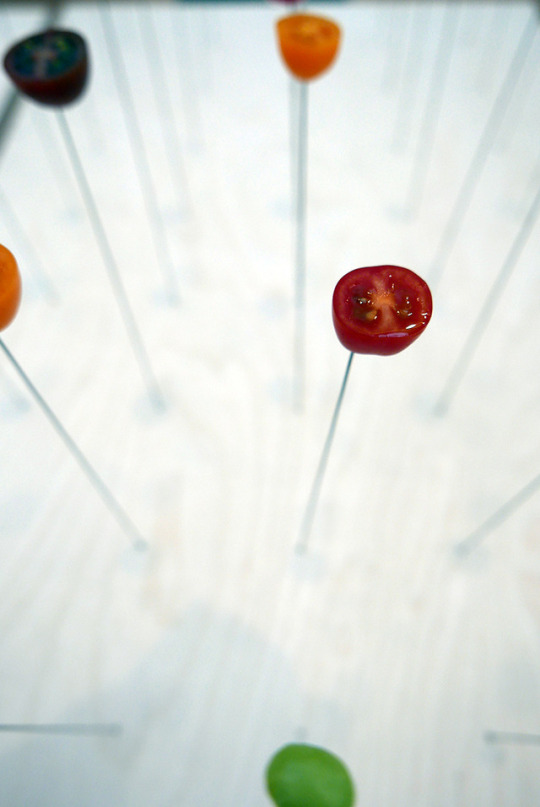
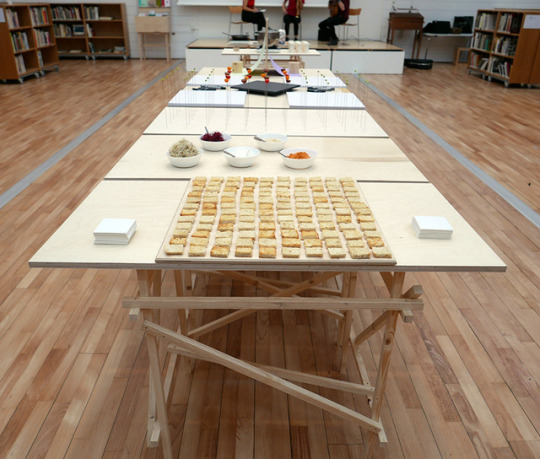
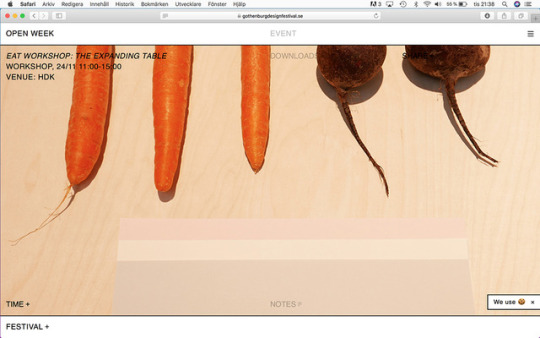

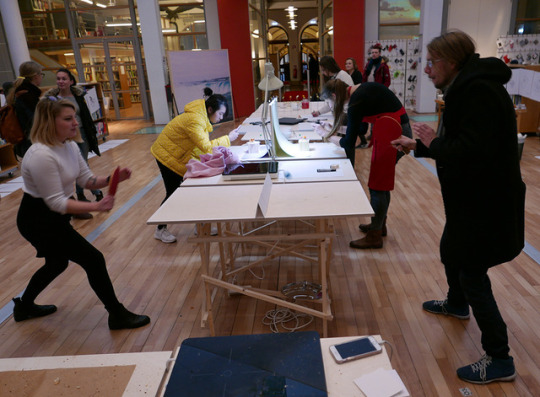
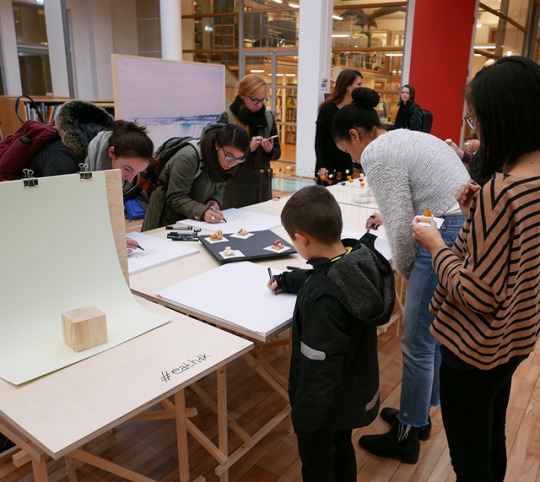
The Expanding Table was a workshop / performance by Carl-Johan Skogh and Mattias Gunnarsson during Gothenburg Design Festival / HDK Open House with the focus of the materiality and possibilities of food. Ten tables, built for the occasion and each containing different stations, were lined up and the participants moved along each of the sides like in a factory line or buffet taking part of the various tasks that the tables offered. The goal of the work was both to materialize and show the extra curriculum course EAT and that the relation food + design is present at HDK. Thru an easy access process we invited the visitors to the HDK Open house to participate in a discussion about design and materiality.
The event took place 11.00 – 15.30 in the HDK Aula and around 130 people participated during the day.
The Expanding Table is a part of the extra curriculum course EAT with an invitation to students to participate. The objective of the course is to examine food as a material and eating as a concept by using design as a tool. Through practical exercises, lectures, seminars and study visits, the student is given an in-depth and broadened understanding of food culture as a phenomenon in a contemporary context. By focusing on food culture and food as a material we examine a both broad and deep landscape of cultures, politics, sensuousness and experiences. Together we explore design with its methods and possibilities to form the food culture and its practice.
The Food
We worked only with vegan food and without nuts, to make sure that as many as possible felt invited to the table. Ingredients were fresh vegetables, fruit, root vegetables, bread, sprouts, and various spreads like humus and soy cream cheese. The soup served at the end table was made with carrots, oranges, ginger and chili.
The tables
The tables are 81 cm high and the top is 60 x 120 cm. The base is constructed from wooden laths (25 x 25 mm) and the top is birch plywood. The table tops are resting loose on the base so they can be moved, re-placed and re-programmed during the project. We built the tables for the occasion to make sure we got the expression, functionality and spatial qualities we aimed for.
Table 1
Cardboard squares 9x9 cm, toasted bread 4x4 cm, serving tray
Table 2
Preparation material in various bowls and jars.
Hummus x 2, soy based cream cheese, pickled red onion, beetroot sprouts, bean sprouts, later in the day: blue sugar
Tweezers, spoons
Table 3
Added edible material pinned in thin steel piano-threads (height 23 cm) set in a symmetric pattern 5 x 11
Three kinds of tomatoes, dried figs, soybeans, sugar snaps, olives, popcorn, melon
Table 4
Double sized table /120 x 120 cm)
Drawing station with four spots (one in each corner) and a podium.
Square drawing paper 46 x 46 cm, a podium in the middle, a variety of black markers
Table 5
Adding to someone else’s plate, for two people on opposite sides.
Balancing table by Sofia Florell, chefs tweezers, bowls in the middle with strings of carrot, beetroot, parsnip
Table 6
Photo studio for two people on opposite sides of table.
Podiums in wood, 9 x 9 cm, backdrop in colored paper, lamp and metal paper clips.
#eathdk written on table (for Instagram)
Table 7
End table with soup, cooking plate, paper cups and rubber stamp.
Spicy carrot soup, served in white paper cups with roasted pumpkin seeds. Rubber stamp with #eathdk to stamp cardboard plate after finishing meal.
Table 8
Ping-Pong table
White tape, paper net, pink ball and red pads.
When soup was out (table 7) it was replaced by the Ping-Pong table.
Table 9
Project table run by Agnese Priekule with leftover bread donated from store, cooking plats, melted sugar and kitchen coloring.
Toasted bread as building blocks / material for sculptures, melted sugar as glue.
1 note
·
View note
Photo


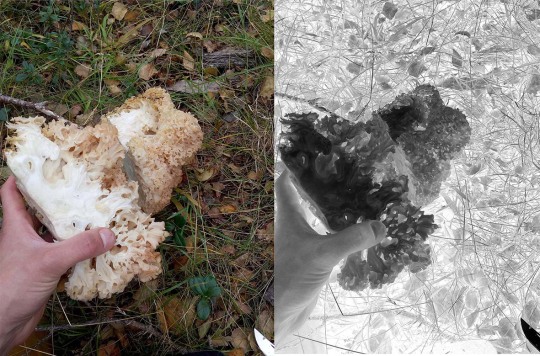
Photo + Text: Ryan Rice
Mushrooms are the best food on earth, both healthy and medicinal. Some are poisonous and some hallucinogenic. The fungi kingdom has occupied our planet longer than plants and animals. They are more closely related to the animal kingdom than plant kingdom. They are magical. Most of the organism is lives underground in an interconnected web of “mycelium” which transports nutrients and information among itself and other plants. Mycelium is holding life together on earth. The mushrooms we see are spore producing fruit bodies. “Spores” drop out like seeds and are meant to grow more mushrooms.
2 notes
·
View notes
Photo

Working in a photo booklet for #hdkjulmarknad15 #editorialdesign #thisishdk #photography #buenosaires
0 notes
Photo


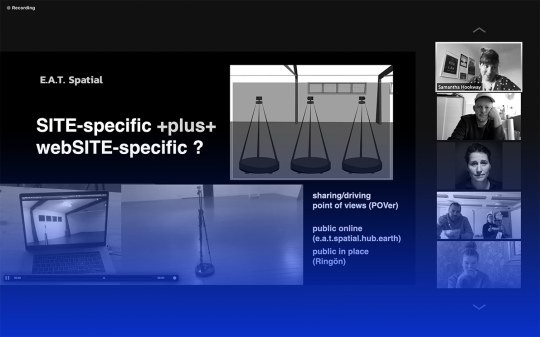

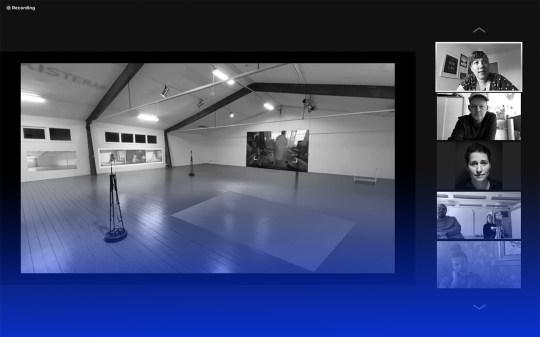
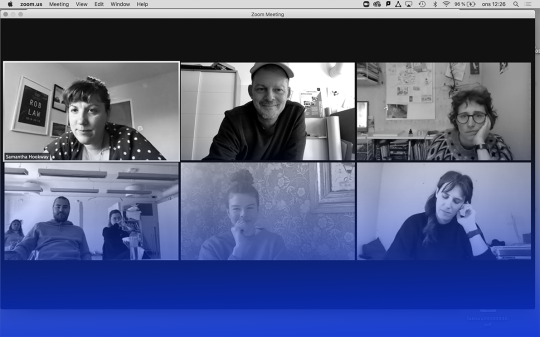
OhiO Wednesday’s October 2020 session created a space for Samantha Hookway to gain feedback on an on-going project where many roles and hats are held by Samantha within her collective studio, Studio Alight. The project at its heart is the designing and developing of E.A.T. Spatial which is a semi-digital, semi-physical exhibition experience and a mix between the site-specific and the website-specific. Academic conferences are now seen naming the merging between meeting digital and meeting physical “phygital”, yet, E.A.T. Spatial is more experimental than just mixing the meeting modes - it also aims to experiment in blending modes of physical media and digital media art-viewing inside the physical space a gallery. Hookway went on to include that the debut exhibition beaming out from Gothenburg’s own, ICIA Konsthall, is another task Hookway has taken on - the curator. And that a group exhibition with international artists included titled MANIPULATIONS is E.A.T. Spatial’s debut exhibition. MANIPULATIONS opens NOV. 14 at 17:30 at e.a.t.spatial.hub.earth.
The OhiO W. discussion space gave room for a discussion of how E.A.T Spatial shall function and its future capabilities whereas the space developed could allow for more uses than just the exhibition MANIPULATIONS itself. Also, questions of how did you get here, where is the funding coming from, how are you getting the word out about this project and how do you feel about taking on the role of a curator were asked and the conversation meandered in an interesting way between thoughts on the digital and spatial, the curatorial, the technical and the hands-on about ”how to”.
More information on Hookway and her work with Studio Alight can be found at www.studioalight.com and e.a.t.spatial.hub.earth.
0 notes
Photo

Via. @jewelleryart_hdksweden Oskar Summerton graduated from the BA program in June and is now a MA student at HDK. His exam work 'Inanimate Humanity' is currently on display in the renowned International Graduate Show at Galerie Marzee in Nijmegen. 📌The show is open until the 31st of October. Photo by Tina Umer. @hdksweden @odsummerton @galeriemarzee #thisishdk #thisisgu #marzeegraduateshow2018 #marzee #contemporaryjewellery #contemporaryjewelry #joyeriacontemporanea #joalheriacontemporanea #gioiellocontemporaneo #bijoucontemporain #artjewellery #artjewelry #AJF #ajfishere #klimt02 #TJA #jewelleryactivist #thejewelleryactivist https://www.instagram.com/p/Bo-_OifFssj/?utm_source=ig_tumblr_share&igshid=f2a6mau8rris
#thisishdk#thisisgu#marzeegraduateshow2018#marzee#contemporaryjewellery#contemporaryjewelry#joyeriacontemporanea#joalheriacontemporanea#gioiellocontemporaneo#bijoucontemporain#artjewellery#artjewelry#ajf#ajfishere#klimt02#tja#jewelleryactivist#thejewelleryactivist
0 notes
Photo
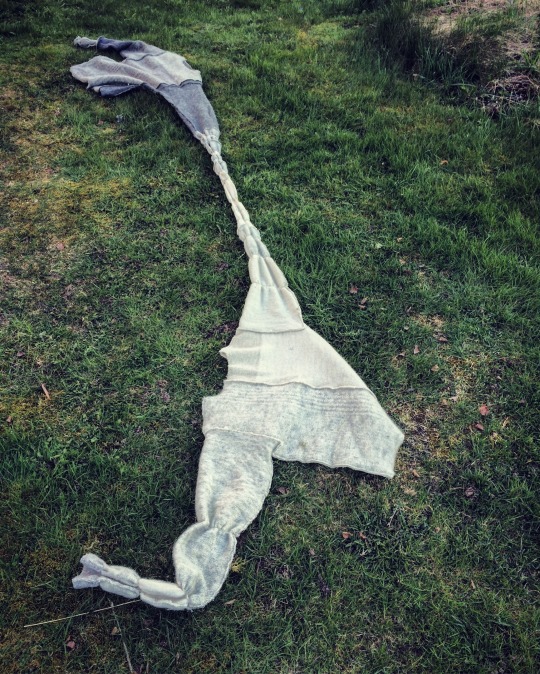
#Works: April 2016 “Elastic Bond" Machine knitted pieces made out of wool and Lycra. I want to thank three of Swedens great spinning mills, Gotlands Spinneri, Solkustens Spinnverkstad and Östergötlands Ullspinneri, for providing me with such beautiful Swedish yarn. © Frida Nordenlöw
2 notes
·
View notes